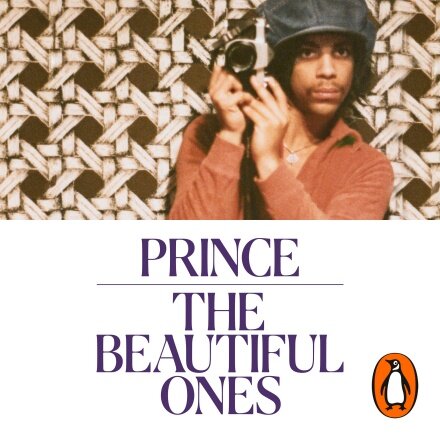Prince: Song as Object
“If you know where you’re from, know what time it is, you’ll get where you’re going.” —Prince, The Beautiful Ones
Prince didn’t need to know where he was going to get going. He knew where he was from, he definitely seemed to know the time, and he knew he would get there. In “Song as Object,” we look at how Prince’s appreciation for work was one of the driving forces behind his prolific creative output.
Bite the Beat
“Inspiration exists, but it has to find you working.” —Pablo Picasso
One of the richest accounts of Prince’s work habits is shared by the sound technician who worked with him for much of the 1980s, including production on the album Purple Rain. As Susan Rogers puts it, Prince knew that “time matters.”
He was using this powerful engine, the engine of his creativity, this incredible brain he had coupled with his unparalleled work ethic. One of those things he knew he had. He knew he had it early in life, so he was going to use it. He was going to run as hard as he could until the energy ran out.” —Susan Rogers, from The Kitchen Sisters’ “Prince and the Technician”
Below she recounts just how filled the days could be, just how put to use his time was:
Devour the Sound
“Everything is self-creation.” —Prince, The Beautiful Ones
In a different interview, Rogers is asked to walk us through Prince’s song cycle (the full recording is linked below).
Sometimes Prince’s songs would start with the lyrics written. He’d come into the studio with a notebook—just a school binder/notebook…and [say] it’s a song he would have worked out on piano or guitar. In that case, there would be a note on the console that told me what instruments he wanted set up—his drum machine or the acoustic drums, the drum kit, what keyboards he wanted set up—at the ready, plugged in, routed—because what he wanted to do was walk in and start playing and not stop.
But if it was a dance song where he didn’t have lyrics written, he would just start with getting the groove. He would stand at his Linn LM-1 drum machine and program the drums.
He was a genius with rhythm. As soon as the drums were finished he plays the bass part top to bottom. When he’s done with that, he’ll get on his keyboard or on guitar, one instrument after the other. Midway through he’d stop. We’d make a cassette of it. He’d go sit in his car with his notebook and he’d write the lyrics. He’d come back after an hour or two—I’d have the vocal mike set up, ready for him to go.
She goes on to describe in greater detail the different cycles of experimentation that sometimes went into “finding” the song. Her description touches on the vulnerability of certain works before they are fully formed, the moments in which an idea can go in any direction before it has more or less taken its own shape.
Pair this article with the role place served in Prince’s creative output by reading Noble Oceans’ “Prince: Paisley Park.” To see handwritten drafts of iconic Prince songs like “Raspberry Beret,” “Kiss,” “1999” and others, check out Noble Oceans’ “Prince: Song as Word.”
Additional Resources
Listen to the four-part radio series “Prince: The Story of 1999” released by The Current. Episode One recounts the album’s role in appealing to a more diverse audience. But everyone wanted to hear it or see it. Rotten chicken parts, an empty Jack Daniels bottle, crumpled paper cups were all thrown at the band when they opened for The Rolling Stones in 1981. Hear how Prince faced the audience and how it impacted his approach in the years that followed.
This plunge into Prince’s process was always almost there and it was finally brought forth after reading The Beautiful Ones, the memoir/autobiography/biography initiated by Prince and his collaborator Dan Piepenbring just 3 months prior to his death on April 21, 2016. Piepenbring was left with Prince’s vision of what kind of book he wanted to create together, with 28 pages of handwritten recollections, and eventually, access to artifacts found in Prince’s home at Paisley Park. It is a beautiful book—as a window into Prince “becoming” and as a work of art itself. Read an excerpt from the Introduction to read about the origins of the book.
*Frontispiece
Photo by Samantha Okazaki https://www.today.com/news/get-exclusive-first-look-inside-prince-s-home-studio-paisley-t103574





